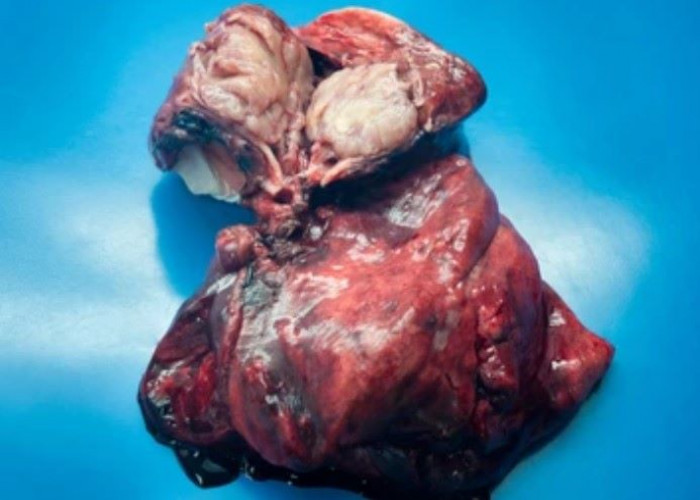 Welcome
Welcome
“May all be happy, may all be healed, may all be at peace and may no one ever suffer."
Carcinoid tumors
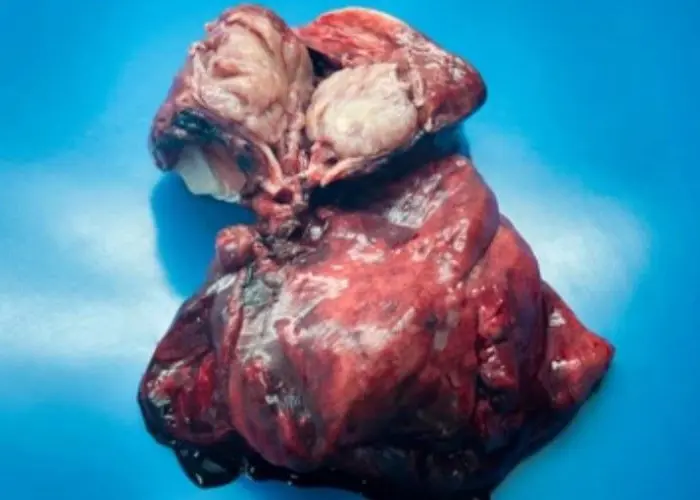
Carcinoid tumors are a type of neuroendocrine tumor that can develop in various parts of the body, including the lungs, gastrointestinal tract, and other organs. They are typically slow-growing and may not cause symptoms for many years. However, as the tumors grow, they can produce hormones and other substances that can cause a range of symptoms, such as flushing, diarrhea, wheezing, and abdominal pain. Treatment options for carcinoid tumors depend on the location and size of the tumor, as well as the extent of the disease. Surgery may be recommended to remove the tumor, and other treatments such as chemotherapy, radiation therapy, or targeted therapy may be used to help control the growth and spread of the tumor. It is important for individuals with carcinoid tumors to work closely with a healthcare provider to develop a personalized treatment plan and monitor their condition over time.
Research Papers
Disease Signs and Symptoms
- Chest pain
- Shortness of breath (dyspnea)
- Diarrhea
- Rapid weight gain
- Abdomen pain
- Nausea or vomiting
- Rectal bleeding
- Redness or a feeling of warmth in your face and neck (skin flushing)
Disease Causes
Carcinoid tumors
It's not clear what causes carcinoid tumors. In general, cancer occurs when a cell develops mutations in its DNA. The mutations allow the cell to continue growing and dividing when healthy cells would normally die.
The accumulating cells form a tumor. Cancer cells can invade nearby healthy tissue and spread to other parts of the body.
Doctors don't know what causes the mutations that can lead to carcinoid tumors. But they know that carcinoid tumors develop in neuroendocrine cells.
Neuroendocrine cells are found in various organs throughout the body. They perform some nerve cell functions and some hormone-producing endocrine cell functions. Some hormones that are produced by neuroendocrine cells are histamine, insulin and serotonin.
Disease Prevents
Disease Treatments
Treatment for a carcinoid tumor depends on the tumor's location, whether cancer has spread to other areas of the body, the types of hormones the tumor secretes, your overall health and your own preferences.
Carcinoid tumor treatment options may include:
- Surgery. When detected early, a carcinoid tumor may be removed completely using surgery. If carcinoid tumors are advanced when discovered, complete removal may not be possible. In some situations, surgeons may try to remove as much of the tumor as possible, to help control signs and symptoms.
- Medications to control excess hormones. Using medications to block hormones secreted by the tumor may reduce the signs and symptoms of carcinoid syndrome and slow tumor growth.
- Octreotide (Sandostatin, Bynfezia Pen) and lanreotide (Somatuline Depot) are given as injections under the skin. Side effects from either medication may include abdominal pain, bloating and diarrhea. Telotristat (Xermelo) is a pill that is sometimes used in combination with octreotide or lanreotide to further try to improve the symptoms of carcinoid syndrome.
- Chemotherapy. Chemotherapy uses strong drugs to kill tumor cells. It can be given through a vein in your arm or taken as a pill. Chemotherapy is sometimes recommended for treating advanced carcinoid tumors that can't be removed with surgery.
- Targeted drug therapy. Targeted drug treatments focus on specific abnormalities present within tumor cells. By blocking these abnormalities, targeted drug treatments can cause tumor cells to die. Targeted drug therapy is usually combined with chemotherapy for advanced carcinoid tumors.
- Drugs that deliver radiation directly to the cancer cells. Peptide receptor radionuclide therapy (PRRT) combines a drug that seeks out cancer cells with a radioactive substance that kills them. In PRRT for carcinoid tumors, the drug is injected into your body, where it travels to the cancer cells, binds to the cells and delivers the radiation directly to them. This therapy may be an option for people with advanced carcinoid tumors.
- Treatment for cancer that spreads to the liver. Carcinoid tumors commonly spread to the liver. Treatments may include surgery to remove part of the liver, blocking blood flow to the liver (hepatic artery embolization), and using heat and cold to kill cancer cells. Radiofrequency ablation delivers heat treatments that cause carcinoid tumor cells in the liver to die. Cryoablation uses cycles of freezing and thawing to kill cancer cells.
Disease Diagnoses
Disease Allopathic Generics
Disease Ayurvedic Generics
Disease Homeopathic Generics
Disease yoga
Carcinoid tumors and Learn More about Diseases

Shin splints
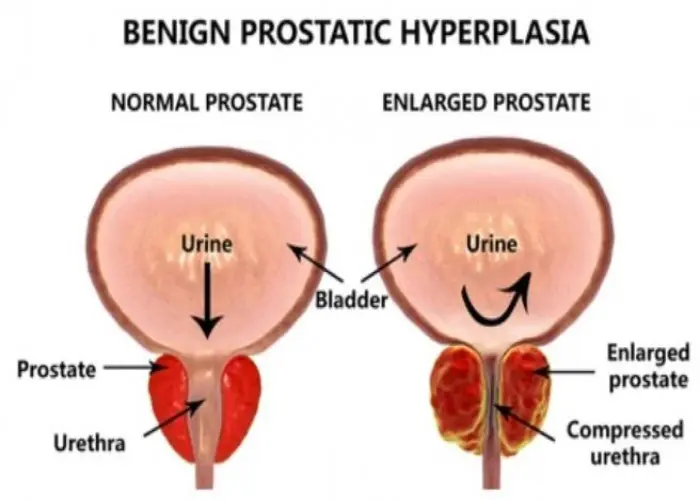
Benign prostatic hyperplasia (BPH)

Respiratory syncytial virus (RSV)
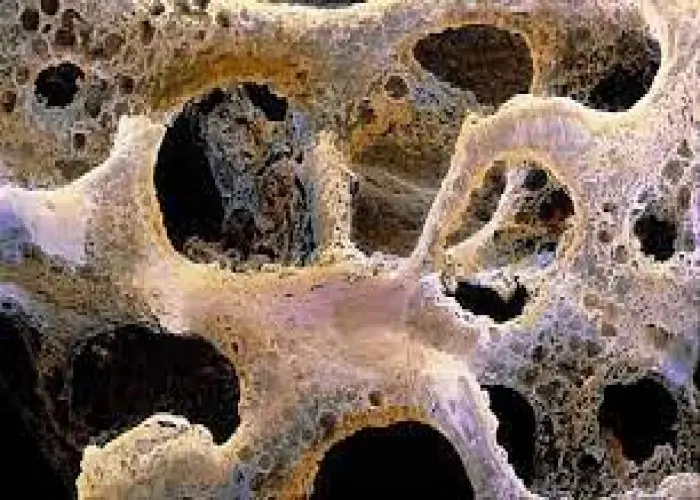
Bone metastasis

Syringomyelia

Preterm labor
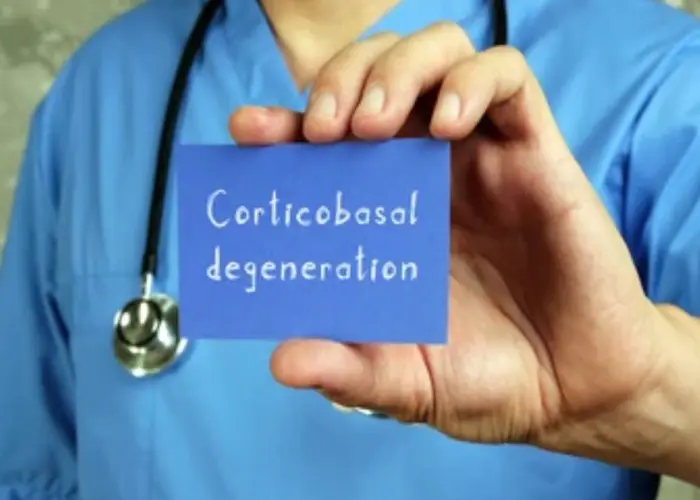
Corticobasal degeneration

Bed-wetting
Carcinoid tumors, Carcinoid syndrome, কার্সিনয়েড টিউমার
To be happy, beautiful, healthy, wealthy, hale and long-lived stay with DM3S.
